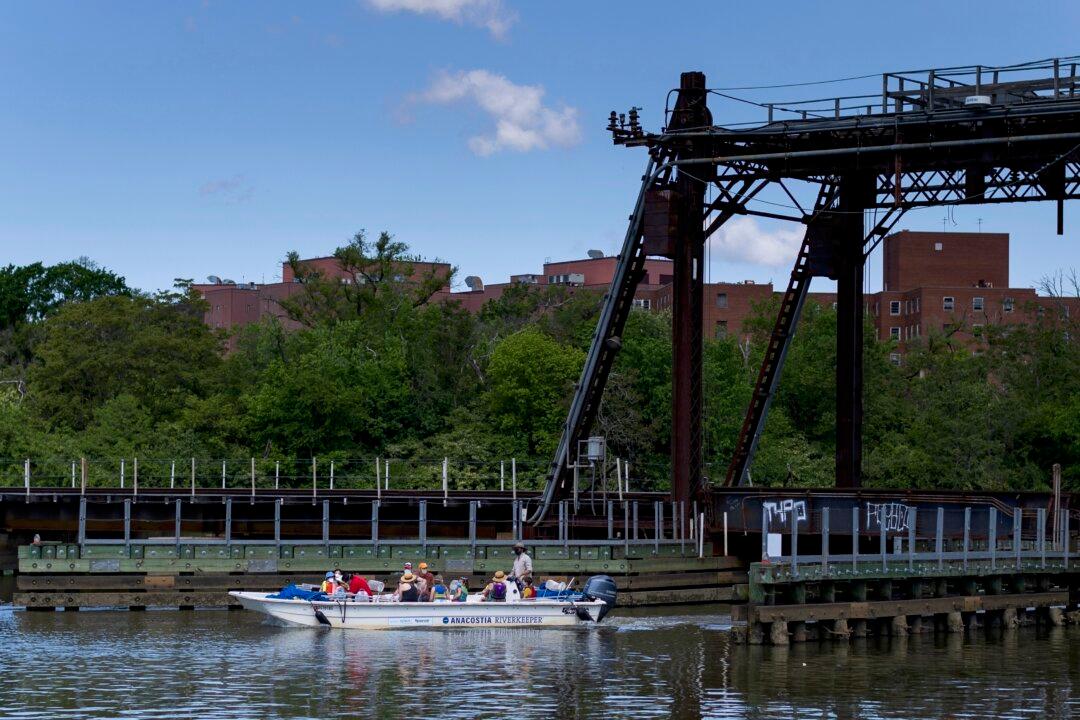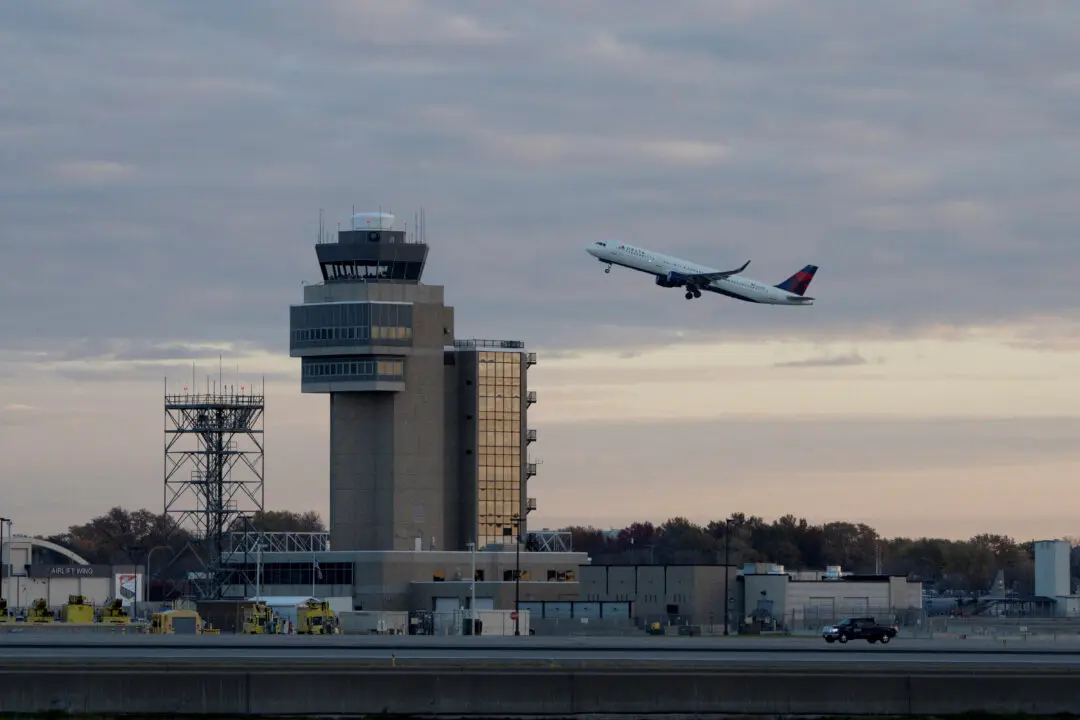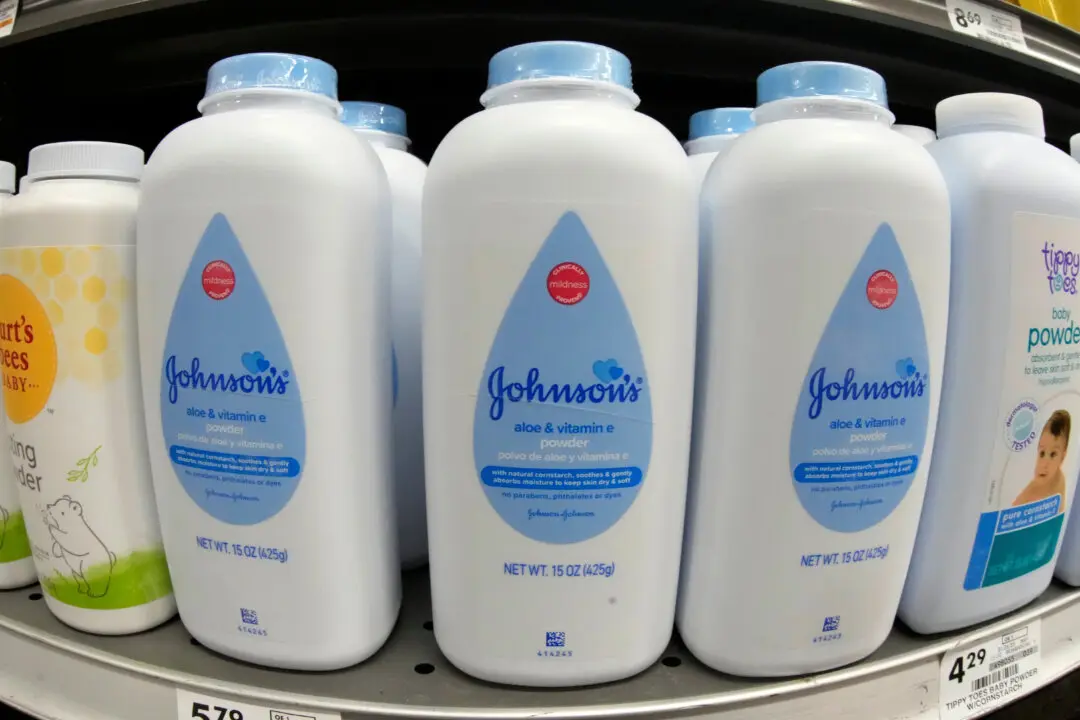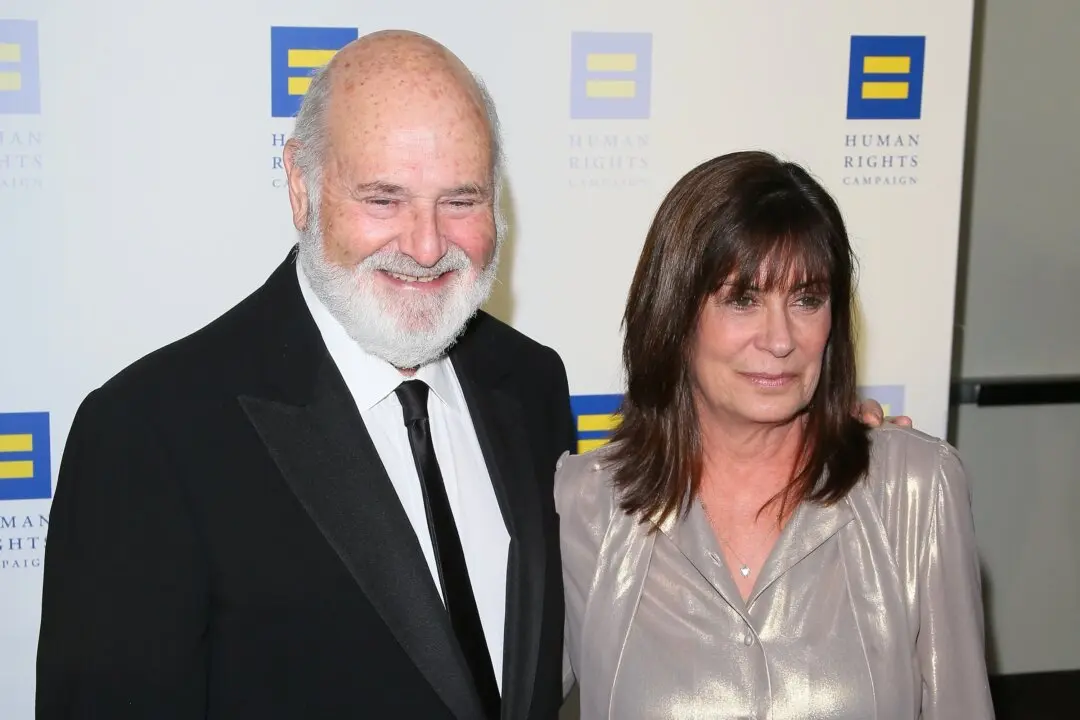The District of Columbia filed a lawsuit against the federal government on Jan. 10 alleging that it systematically contaminated the Anacostia River with toxic waste and chemicals for more than 150 years.
The lawsuit, filed by District of Columbia Attorney General Brian Schwalb, seeks to require the federal government to fund cleanup efforts for the river, which are set to begin this year.





